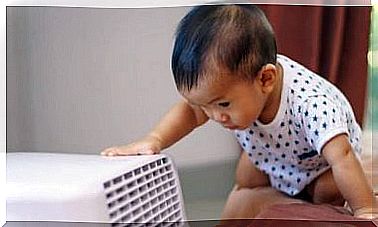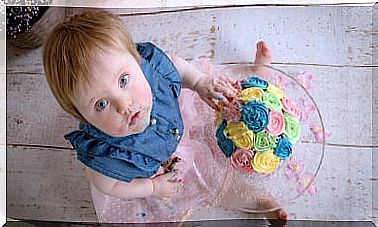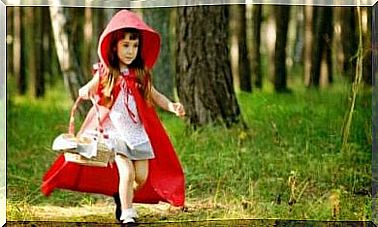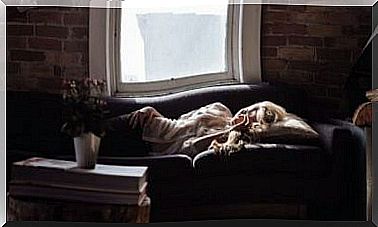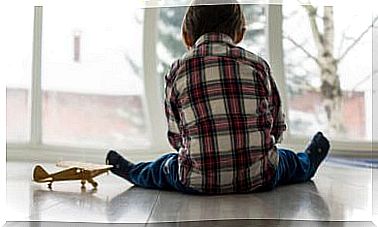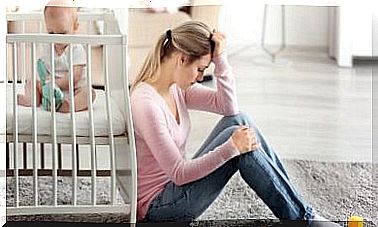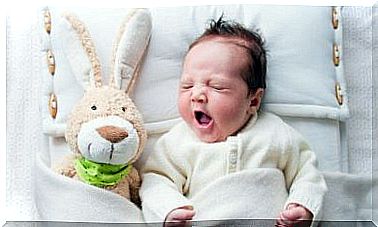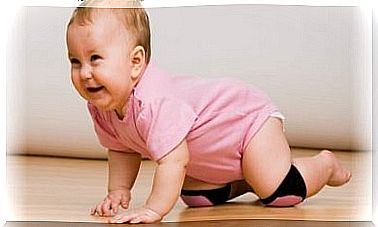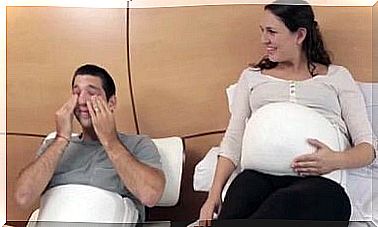Important Recommendations For The Safe Carrying Of Babies
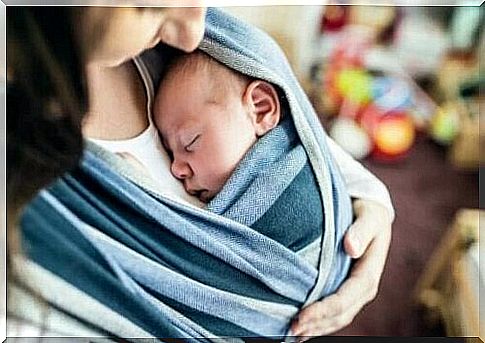
There are currently a multitude of ways that make carrying babies easier: backpacks, slings, baby carriers, etc. However, in order to carry babies safely, it is important to know what they do and what points to consider when it comes to carrying babies the choice of stretcher goes.
Carrying babies offers a variety of benefits when it comes to carrying our babies. Both parents and other caregivers can put it into practice and discover the benefits of this direct contact with the baby for themselves.
Carrying babies safely and the benefits it brings
Some of the benefits of carrying babies to infants are as follows:
- Increased physical contact between the baby and the parents or caregiver. This strengthens their bond and the baby’s sense of security.
- Decreased crying
- Carrying babies helps little ones sleep better.
- Has a positive effect on breastfeeding and encourages breastfeeding as needed.
- Prevents positional plagiocephaly.
- Contributes to a healthy bond.
Some of the benefits of wearing for parents and caregivers:
- Allows more mobility and autonomy, as the stroller becomes superfluous.
- Promotes self-esteem.
- Reduces maternal postpartum depression risk.
- When used correctly, slings and baby carriers protect and strengthen the back muscles.
When should you start carrying babies?
Backpack-like baby carriers that are carried on the back should not be used on babies under 6 months who cannot sit alone. If you want to carry your baby for the first 6 months, you should choose a sling.
Because slings give the little ones the support they need during this time of their body’s development. These types of carriers respect the physiological posture of newborns, which means that their backs are arched in the shape of a “Cs”.
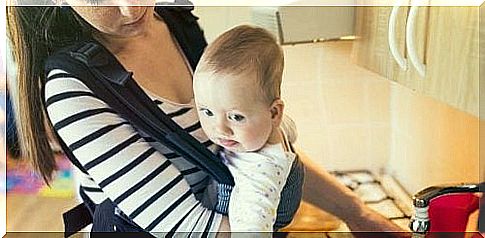
Carrying babies at this stage is very beneficial if done correctly. It enables the little ones to be in close contact with their parents and carers. This in turn gives them a feeling of calm and security.
It is important for the parent or caregiver to ensure that the baby’s face is always clear and within sight of them. That way, you can always make sure that your baby is breathing properly.
Should babies look inward or outward when carried?
Babies should always look inward – that is, they should sit across from the person who is carrying them. This is extremely important. Because when babies look outwards, it negatively affects their physiology and changes the curvature of their spine.
When the little ones are facing out, their legs dangle, which in turn increases the risk of hip dislocation. And finally, when babies look outwards, they can experience overstimulation from their environment and cannot find refuge from the many stimuli.
There are more options for safe carrying for older babies. For example, they can be positioned on the waist or on the back of the wearer. This allows the little ones to be more visible while still respecting the baby’s physiology.
Regardless of where the baby is, however, they should always face the carrier. In other words, the baby should look at the carrier when carried on the front of the stomach and in the same direction as the carrier when carried on her back.
Ergonomic positioning
It is very important that the carrier (backpack, sling, baby carrier, etc.) offers ergonomic positioning – for both the carrier and the baby.
The wearer should not feel any discomfort while carrying the baby. It is therefore important to try different carriers before buying to ensure that the carrier can be adjusted accordingly and adapted to your back. It is also extremely important that the stretcher is not loose while you are wearing it.
First, practice putting the carrier on without your baby – this will make it easier to use later. Ideally, you should choose a carrier that adapts to your growing baby and that is made of breathable fabrics. Avoid zippers and buttons that can be annoying.
In the first few months of life, babies should be carried in a sling in a cradle position or in the cross-wrap carrier. Their faces should be visible at all times and at the right height so that they can breathe easily. Always follow an expert’s advice when it comes to carrying babies safely.
Babies older than 6 months who can already sit alone can be carried on their back in a backpack position. However, it is very important that you choose a back carrier that does not have your child’s legs hanging straight down.
Because this position does not respect the anatomy of your child’s hips and can lead to injuries (hip dysplasia). Babies should sit with their legs open on both sides and knees bent. Your legs and bottom should form an “M” and the base of the stretcher should support your baby from knee to knee.
How high should I position my baby?
You should always position your baby at a height where they can move freely. Always make sure that there is space between the baby’s nose and your own body so that they can breathe freely and their face remains visible. For example, you should be able to lightly kiss your child’s head when they are in the front carrier.
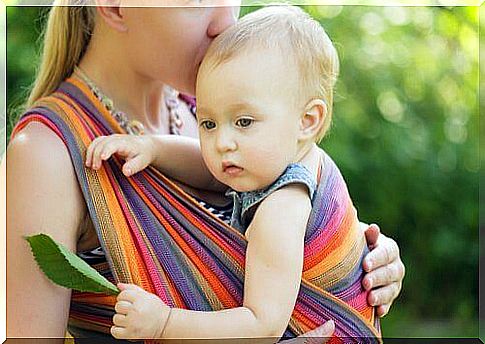
Important recommendations for carrying babies safely
- You should never carry your baby in a carrier while you are in a moving vehicle. When traveling, your child should travel in an appropriate car seat that is appropriate for your baby’s weight and height.
- Babies should be able to move their heads in the carrier. In addition, their faces should be uncovered so that they can breathe.
- You should never carry your baby if you are doing other tasks that pose a risk of falling (ice skating, climbing, cycling, etc.) at the same time.
- Avoid cooking while you are carrying your baby, as this can cause burns to your baby.
- Avoid walking on slippery surfaces that can cause falls.
- Adjust the fit of your carrier to the height and weight of your baby and the size of the carrier. Also make sure that your stretcher is always in good condition.
- If in doubt, contact a certified carrying advice.
We are sure that you and your baby will have a wonderful gestation time and that you will love the world of safe carrying!

